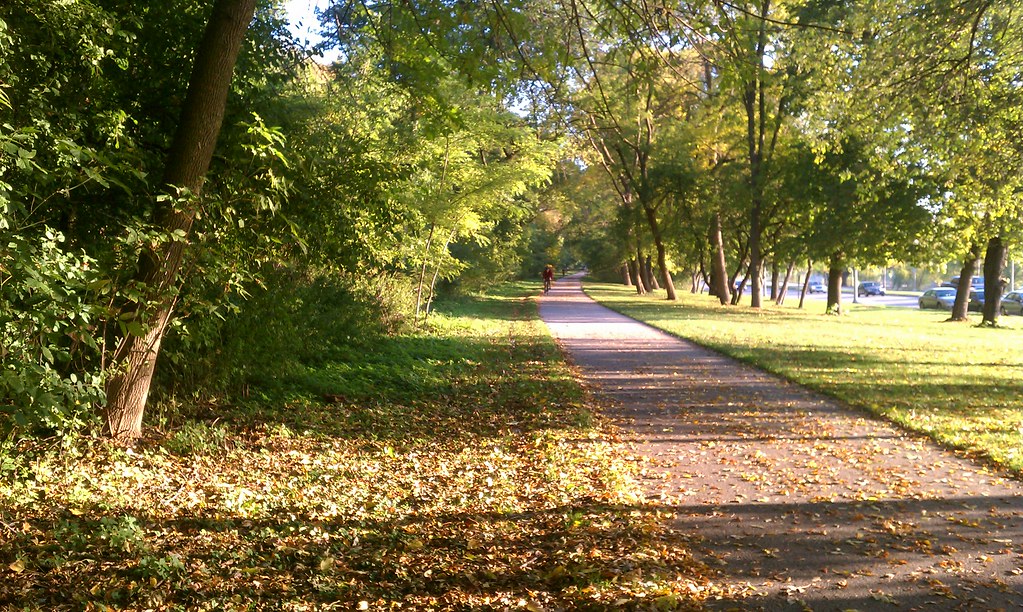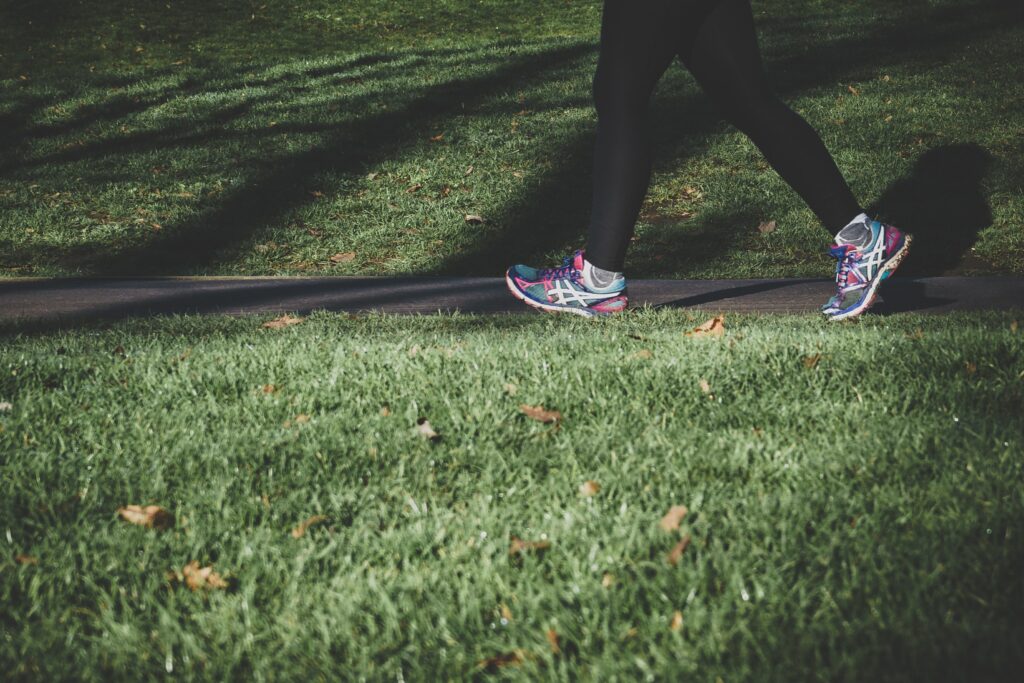
By Shelby Williamson, senior communication specialist in the Office of Marketing and Communication
Dr. Sandra Hunter is a professor of exercise science in the College of Health Sciences. She is also the planning director for the Athletic and Human Performance Research Center.
Hunter teaches several courses, including Advanced Exercise Physiology and Applied and Rehabilitative Systems Physiology.
She has received a number of awards and honors throughout her career and has served as associate editor of Medicine and Science in Sports and Exercise and associate editor of Exercise and Sports Science Reviews.
Most recently, she began writing free exercise challenges for My AgeFit for people to incorporate during social distancing and beyond.

In a Q&A, Hunter highlights National Take a Walk in the Park Day (March 30), the health benefits of routine exercise, getting fresh air and more:
(Note: Visit the Wisconsin County Parks and Forests page on the Wisconsin Department of Natural Resources website for the most up-to-date information on park access and other COVID-19 response.)
Today is National Take a Walk in the Park Day. Why should people observe the day and get out to walk — especially given the current circumstances amid coronavirus?
Walking and physical activity in general has so many health benefits — this is backed by a large body of research. We need the reminder that walking is a wonderful way to exercise and be active, that it is accessible to most healthy people and only costs the time you invest. As a population, we are more sedentary than ever. We have become much less active over the last 80 years, and particularly the last two weeks with the coronavirus pandemic. Consider observing this day as an investment in your health and a reminder that moving is necessary for health. If you don’t walk on a regular basis then this could be the start of a new and life-changing habit.
How can walking improve health, both physically and mentally?
There are tremendous physical and mental benefits from walking, particularly on a regular basis. The recommended activity guidelines from the Centers for Disease Control and Prevention includes 30 minutes a day for five days (or 150 minutes per week) of moderate exercise, and brisk walking is one of those activities. People who meet these guidelines typically enjoy protection against many diseases or better management of disease and disorders. Some of these include cardiovascular disease, neuromuscular disorders, metabolic diseases such as diabetes, cancer, pain conditions and depressive disorders. Furthermore, exercise such as walking can boost your immune system to help protect against infections and disease, and improve your quality of sleep.

Are there specific benefits of exercising outdoors?
Walking inside or outside will achieve a major goal of increasing your heart rate and moving your muscles. However, walking outside in the fresh air, when the weather and environment are ideal, can be mentally and physically invigorating. In this time when many people are working from home to slow the spread of coronavirus, getting out can be a very positive experience. When there are barriers to getting outside, however, such as inclement weather, safety concerns, health reasons or you need to be isolated, then indoors is the next best option. The primary goal is to move, elevate the heart rate and contract the muscles — so walking on a treadmill or around the house can achieve similar physical benefits of walking outside.
With the “safer-at-home” order in place, people are still able to visit parks as long as they practice social distancing. Why is it important, especially during this time of quarantine, to get outside?
It’s more important than ever to take the time to walk and be active even for a brief time. Cabin fever is real. Getting out for a walk can stimulate the brain to be more productive, provide head space to think more clearly and even provide a mental and physical break from those with whom you live. Furthermore, many people who have now been working from home the last few weeks or are self-isolating to slow the spread of the coronavirus, have seen their daily step count plummet. This is because many of the simple daily routines basic to our lives, such as walking to and from the car for work, walking around the work environment or shopping, have disappeared.
In addition, our daily exercise routines have completely been upended with the cancelation of sporting activities, and the closure gyms and pools. We now need to create new habits in our new daily routines to increase the number of steps to reach that recommended for optimal health outcomes. The recommended steps per day is at least 8,000 to 10,000 for optimal health benefits. However, with the new “safer-at-home” order, it can be a struggle to achieve that goal without purposeful intervention on our own part. A daily walk will help you achieve the recommended number of steps.
Are there any tips to walking — or exercising in general — properly from a physical therapy standpoint?
While respecting social distancing, a major consideration is ensuring you have supportive and comfortable shoes designed for walking distances. Secondly, appropriate layered clothing is needed to ensure you stay warm and dry given Wisconsin’s erratic weather. Lastly, be aware of posture, keeping upright, with your head up and shoulders back. This is especially important if you have been sitting a desk hunched over for much of the day. Try and adopt a brisk pace to get your heart rate elevated.
I would also encourage people to spend 15 to 30 minutes walking each day. Try and get outside and establish a walking habit you can do even on your busiest days and make it a priority.



